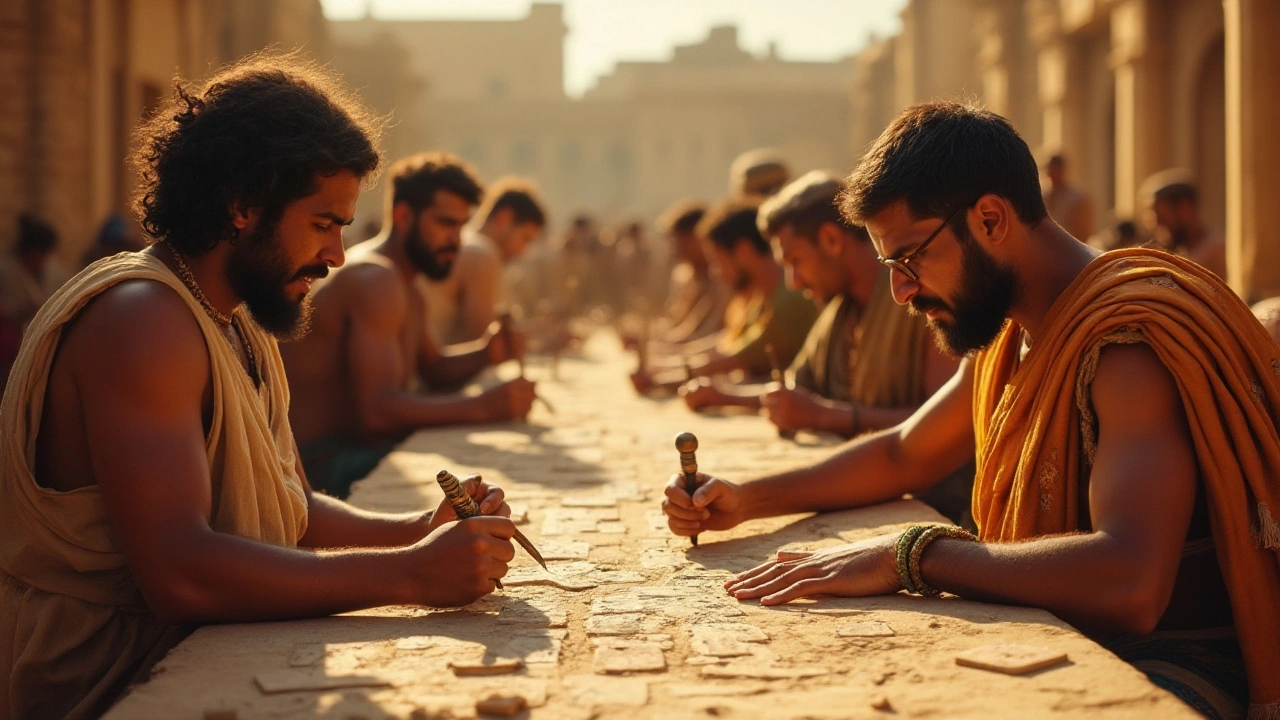Written Music – Your Guide to Notation, Creation, and Sharing
Ever wonder why musicians still scribble notes on paper (or on a screen) instead of just playing by ear? Written music lets ideas travel across time, space, and skill levels. It’s the bridge between a melody in your head and a performance on stage. In this guide we’ll break down why written music matters and give you easy steps to start notating your own tunes.
Why Written Music Still Matters
First off, a piece of written music can live forever. One handwritten sketch can become a classic that’s performed centuries later. It also lets collaborators read the same roadmap, so a band in London can jam with a choir in New York without a single phone call. Plus, sheet music is a great learning tool – seeing rhythm, dynamics, and structure on the page helps musicians understand how a piece works.
Practical Tips for Writing Music
Got a melody humming in your head? Grab a notebook or open a notation app and jot it down as soon as you can. Start with the basic elements: the key signature, time signature, and a simple lead line. Don’t worry about fancy articulations at first – just get the notes on the staff. Once you have a skeleton, add chord symbols above the staff. They give accompanists a quick hint at the harmony without writing full parts.
If you’re using software, try free programs like MuseScore or Flat. They let you hear playback instantly, so you can spot wrong notes before they become habits. When you add dynamics (like p for soft or f for loud), think about the emotion you want the listener to feel. A well‑placed crescendo can turn a simple line into a powerful moment.
Sharing your written music is easier than ever. Export your score as a PDF and upload it to a cloud folder, or use platforms that let other musicians download and comment. Tag your files with clear titles – include the song name, your name, and a short description. This makes it simple for anyone to find and use your work later.
Don’t forget copyright basics. If you plan to sell or distribute your music, add a © notice with the year and your name. For free sharing, consider a Creative Commons license so others know what they can do with your piece.
Finally, keep iterating. Most great compositions went through several drafts. Play your written music with friends, note what feels awkward, then fix it on the page. The more you write, the faster you’ll spot patterns and develop your own style.
Written music may look old‑school, but it’s a modern tool that keeps music alive, collaborative, and accessible. Start with a simple line today, and watch it grow into something you and others can enjoy for years to come.

17 Jan 2025
Exploring the origins of written music, this article takes readers on a journey through time, highlighting key figures and cultures involved in this artistic evolution. From ancient civilizations to medieval scholars, the development of musical notation is a tale of cultural diffusion, innovative minds, and a quest for preservation. Delve into the stories of pioneering composers and the necessity that sparked the creation of musical systems, reflecting on their enduring influence over today's music.
Continue reading...
